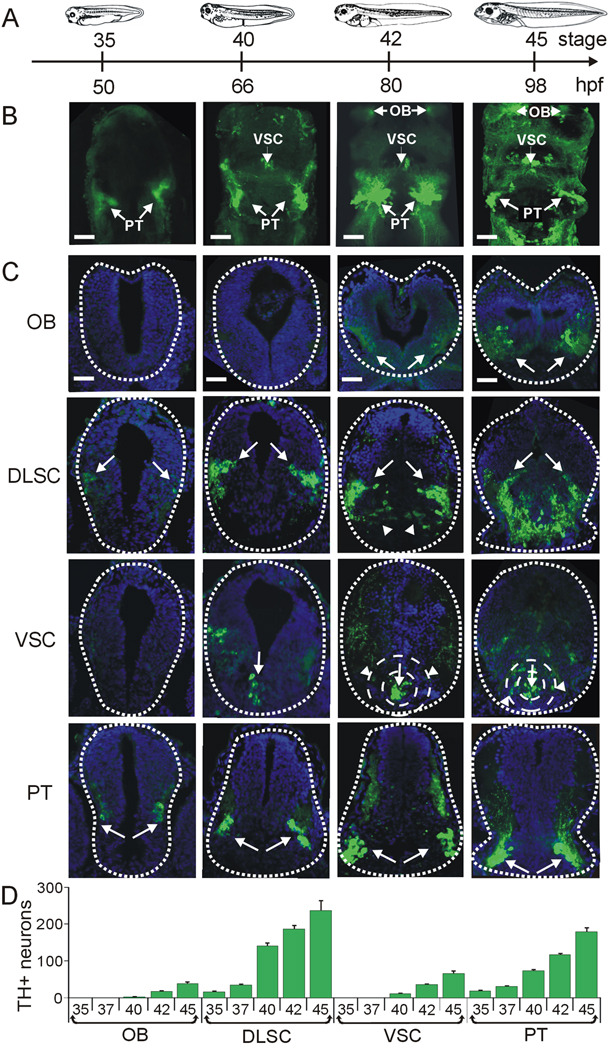Figure 1. Development of brain dopaminergic nuclei.
A. Developmental timeline showing stages and corresponding hr post fertilization (hpf) at which larvae were fixed for the images shown below. B. Wholemount projections of brains stained for TH show caudal to rostral appearance of dopaminergic nuclei. Images are ventral side and rostral end up. The PT nucleus is visible from stage 35; by stage 40 the VSC can be detected; by stage 42 the OB is also present. C. Cross sections through the brain were used for quantification of TH+ cells. TH staining is shown in green and DAPI staining of cell nuclei is shown in blue. Arrows point to TH+ cells in each section. The first row shows the olfactory bulb (OB), the second row shows the dorsolateral suprachiasmatic nucleus (DLSC). Arrowheads in this row point to a medial branch of the DLSC that becomes more prominent during development. The third row depicts the ventral suprachiasmatic nucleus (VSC). The arrows point to the core and the arrowheads to TH+ cells in the annular region of the VSC, present from stage 42. The fourth row shows the PT nuclei. D. Quantification of the number of TH+ neurons per nucleus during development. Scale bars in B and C are 50 µm. Values are mean ± SEM for n≥6 larvae per stage.

